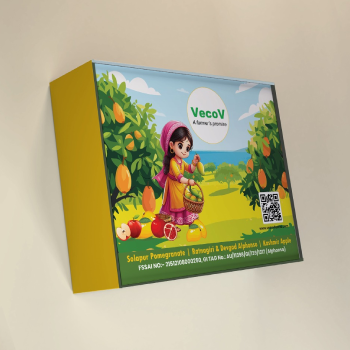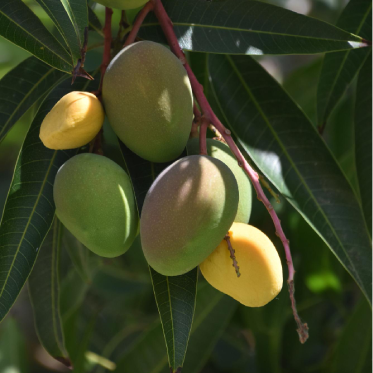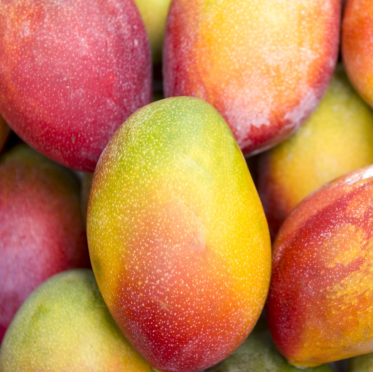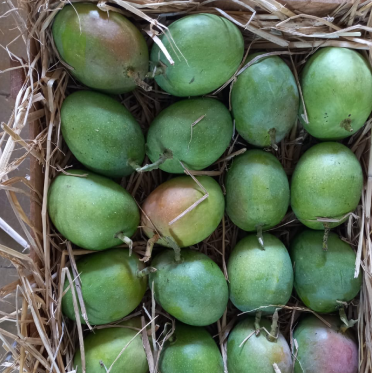Packaging standards for Alphonso mangoes, whether for domestic or export purposes, are crucial to ensure quality, freshness, and compliance with regulations. Here’s a breakdown:
- Domestic Packaging Standards
For local markets within India, packaging standards focus on ensuring that mangoes are transported safely while maintaining quality.
Packaging Material:
- Crates or Cartons: Corrugated fiberboard cartons or wooden crates with proper ventilation are commonly used.
- Plastic Trays or Crates: Stackable, reusable plastic crates provide durability and protect mangoes during transit.
- Cushioning Material: To prevent bruising, materials like paper shreds, soft tissues, or hay are used.
Packaging Weight:
- Packaged in boxes of 5 to 10 kg for easier handling and distribution.
Labelling:
- Clear identification of the variety (Alphonso), grade, and weight.
- Date of packaging and origin details (e.g., region or farm).
Transportation Standards:
- Transported in well-ventilated vehicles to avoid overheating.
- Avoid stacking beyond the recommended load to prevent damage.
- Export Packaging Standards
Export standards for Alphonso mangoes are stricter due to international requirements and the need for long-distance transit.
Packaging Material:
- Corrugated Fiberboard Cartons: High-strength, food-grade cartons designed for international transport.
- Individual Wrapping: Each mango is wrapped in tissue paper or foam nets to prevent damage.
- Ventilation: Boxes have small holes for airflow to reduce moisture buildup and ripening.
Packaging Size and Weight:
- Standard box sizes are usually 2.5 kg, 4 kg, or 5 kg, depending on the buyer’s requirement.
- Mangoes are graded and packed by size or weight for uniformity.
Labelling Requirements:
- Must comply with the regulations of the importing country, including:
- Variety name: Alphonso.
- Grade: Based on size and quality.
- Net weight.
- Producer/Exporter details.
- Country of origin: “India.”
- Compliance logos (e.g., FSSAI, APEDA certification).
Compliance with International Standards:
- Follow guidelines set by organizations like:
- APEDA (Agricultural and Processed Food Products Export Development Authority) in India.
- Codex Alimentarius standards for food safety.
- Specific requirements of importing countries (e.g., USDA for the USA or EU regulations).
Cold Chain Requirements:
- Export mangoes often require pre-cooling (13–15°C) and transport in refrigerated containers to maintain freshness.
Additional Considerations:
- Irradiation & Pest Control: Mangoes destined for some countries (like the USA or Japan) must be irradiated or treated to meet phytosanitary standards.
- GlobalGAP Certification: Ensures good agricultural practices for export markets.
- Organic Mango Standards: If labeled organic, compliance with organic certification bodies is mandatory.
Summary Table
Parameter | Domestic | Export |
Packaging Material | Wooden/plastic crates, corrugated boxes | Food-grade corrugated boxes with vents |
Weight per Box | 5–10 kg | 2.5–5 kg |
Cushioning | Hay, paper | Tissue, foam nets |
Labelling | Basic: variety, weight, origin | Comprehensive: variety, grade, country, etc. |
Special Requirements | None | Cold chain, irradiation, certifications |
By adhering to these standards, producers and exporters can ensure that Alphonso mangoes reach consumers in excellent condition, both locally and internationally.












